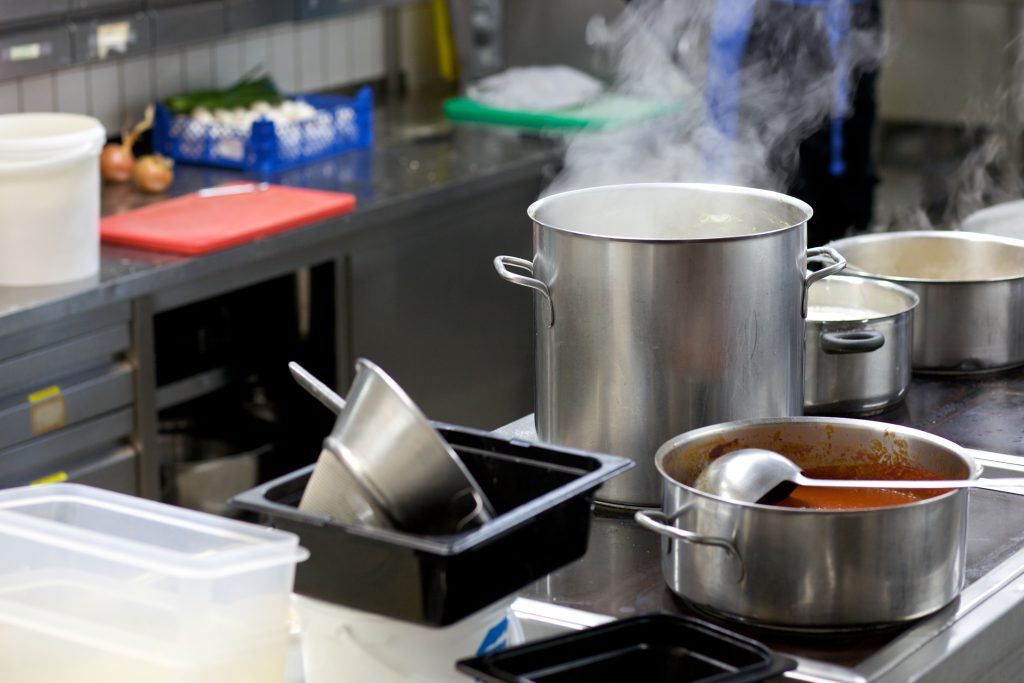
It’s prom season! But how do you ensure your teenager will stay safe while having the best prom/semi-formal ever? Here are a few tips to help your teenager really enjoy their prom.
- Make a List– It seems silly to make a list for a prom or school formal or semi-formal, but these days there are so many factors to consider when going to prom, it’s important to make a list of everything that needs to be done in advance. Together with your teenager, make a list of everything your teenager wants/needs for the big night: clothing, promposal, transportation, tickets, flowers, after-prom party, getting their hair cut/done, manicures, etc.
- Set a Budget– As with everything else in life, setting a budget before your teenager even gets started on their promposal will save money and, potentially tears. If everyone is on the same page about how much money will be spent on what, you can plan and shop smart.
- Go Shopping Together – Take your teen shopping for their prom outfit. Not only is this a great way to spend time with your teenager, but you get to share in the fun of helping them pick out a dress or appropriate suit.
- Designate a Driver– Make sure your child has a way to get home after the prom. Get together with the other parents and make a plan for who will pick up the kids that night. If the kids are driving themselves, do not let them leave the house without designating one of them to drive. Remind your teenagers that you won’t be mad if they have a drink and call you for a ride home at 3:00 a.m., but you will be mad if they get hurt because they didn’t do so.
- Better Yet, Rent a Limo– Why risk ending a great night by having your teen feel obligated to get in a car with someone that may be under the influence of drugs or alcohol. Spend the extra money to make sure that they all come home safely. The group can all chip in on that expense.
- Teach Them To Be (Mindfully) Social– Remind your teenager that cameras and social media posters are everywhere. What may seem like an innocent moment can be captured, posted on and misinterpreted by social medial. Talk to them about how the Internet is forever and even simple situations can come back to haunt them in their future.
- Get In Touch With Other Parents – Most prom attendees will go in groups. If your teen is part of a group, suggest that a list get circulated listing all the attendees, their cell number, their parent’s name, the parent’s cell phone and address. This way if anything happens, you all know how to reach each other.
- Don’t Be The “Cool” Parent – Underage drinking is still illegal, even if it occurs in your home. Don’t allow your teen, or others, to drink, even in your house. Allowing teens to drink risks their health and safety, and if you do so before prom, they could not be allowed into the dance. Finally, you are legally responsible if anything happens after that child leaves your home.
- Teach And Practice Safety– Remind your teenager that “No means No” and it is perfectly alright to say No and walk away from any situation where they feel uncomfortable for any reason they do. If you have any doubts that your teenager is not where they said they were going to be, don’t hesitate to call, whether that’s another parent, a specific restaurant, or a party venue. Your teenager will get over their embarrassment and you will rest a little easier knowing your child safe.
Prom is an exciting, magical time signifying the end, or the beginning of the end, of an important chapter in person’s life. When your teenager graduates this June or next, they will start a new chapter of their lives. By planning ahead and planning to be safe, their prom night will a wonderful evening now and a great memory later.
Photo Licensed From Adobe Shutterstock.

 Join My Email List
Join My Email List








